Choose Your Product
Flexible mobility solutions come with lightweight design, solar power and swappable batteries.
We empower communities by bridging the gap between demand and supply for transport services, partnering with local entrepreneurs, engineers, and fleet operators to make affordable, clean, reliable, electric vehicles that improve daily lives, create jobs, and drive sustainable growth.
Flexible mobility solutions come with lightweight design, solar power and swappable batteries.
Local Content matters for technology transfer and job creation by replacing imports with domestic production.
Economy of scales reduces component purchasing costs and vehicle sales prices.
United Electric Vehicles has been active in the field of e-mobility since 1999, with our headquarters in Berlin. As a global platform, we bring together visionary clients and experienced partners to turn innovative electric vehicle concepts into reality.
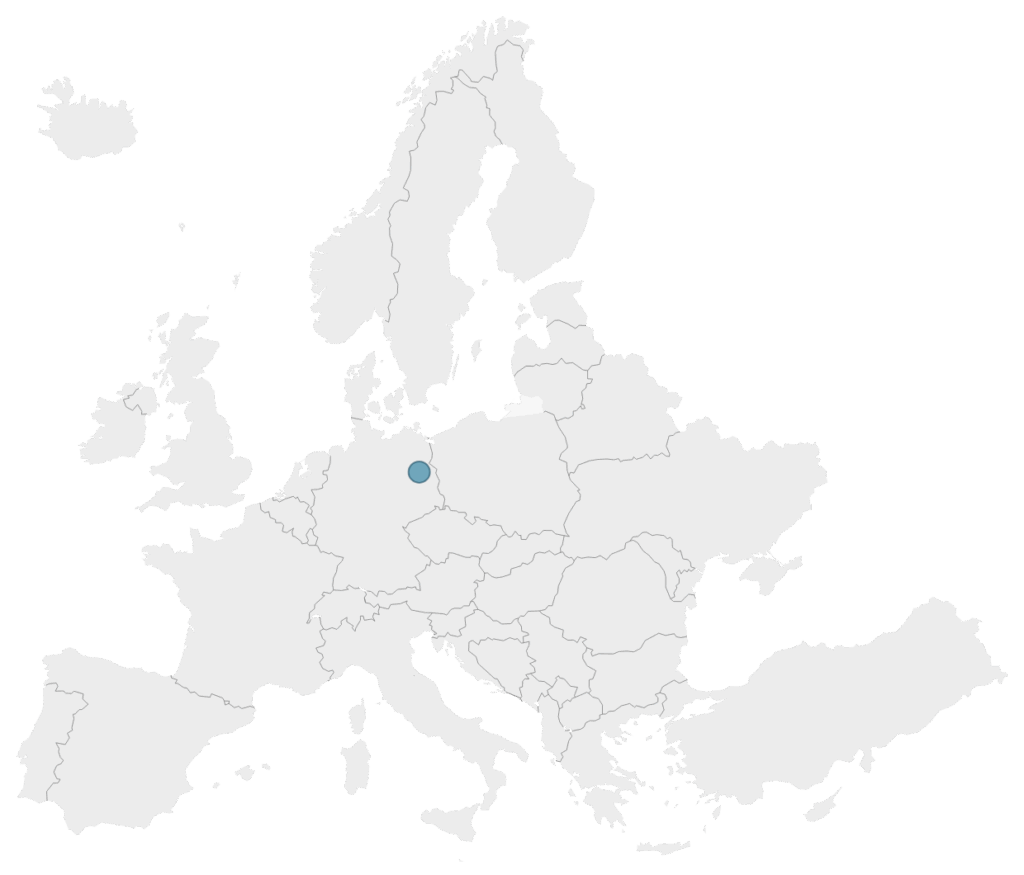
UEV’s core value proposition is to provide affordable electric vehicles for local production.
Our task is to orchestrate the partner consortium, focusing on:
UEV supports local industry growth through technology transfer, training, and financing, creating affordable, efficient, and eco-friendly vehicles.
UEV team collaborates with customers to adapt lightweight vehicles to specific design and performance needs, ensuring an optimized user experience.
UEV designs sustainable solutions with lightweight vehicles and swappable batteries powered by
renewable energy.
UEV supports local industry growth through technology transfer, training, and financing, creating affordable, efficient, and eco-friendly vehicles.
UEV team collaborates with customers to adapt lightweight vehicles to specific design and performance needs, ensuring an optimized user experience.
UEV designs sustainable solutions with lightweight vehicles and swappable batteries powered by
renewable energy.
United Electric Vehicles AG (UEV) is dedicated to running a platform where companies and partners from all around the world can work together to foster a common aim.
Local Production of Affordable e-Mobility.
The common goal is to expand the vital manufacturing infrastructure of electric vehicles in emerging economies, to create additional value for all members and between the members.
Through the internal information exchange, the aim is to shape a future of zero-emission and unlimited mobility driven by the sun.
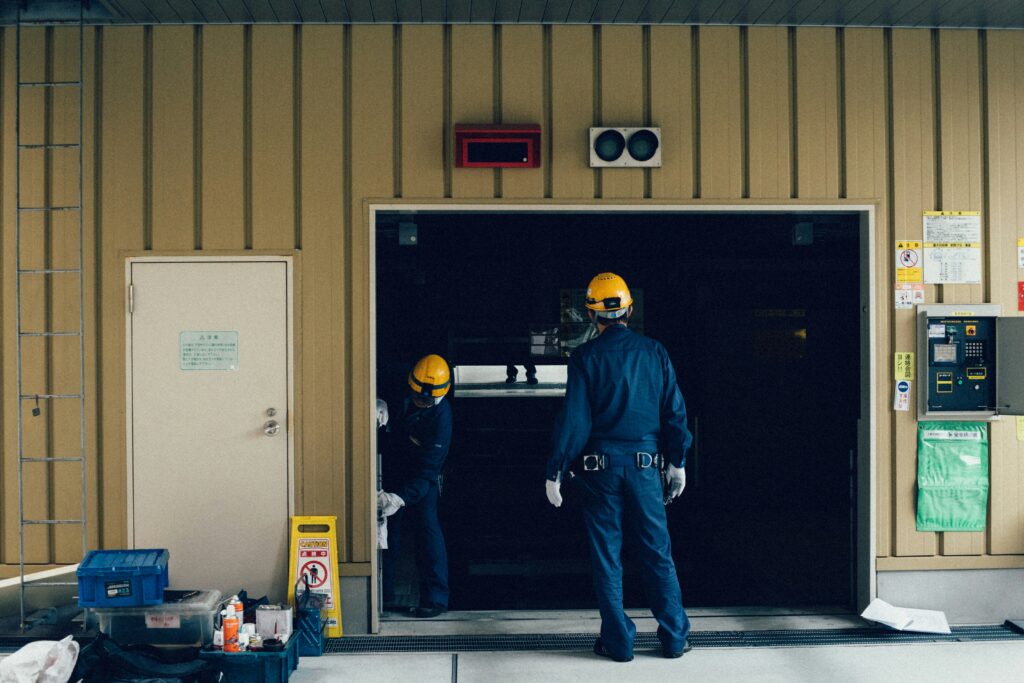
All-wheel drive scooter built for African roads, carrying up to 500 kg and towing 350 kg, making it efficient and cost-leading.
The e-Rider is an all-wheel-drive electric scooter designed for African roads, with 500 kg load capacity, 350 kg towing, and high torque for tough terrain.
Flexible EV platform including chassis, drive, and controls customizable for different body types and performance needs.
Solar-powered catamaran with replaceable batteries, modular design for ferries, transport, or floating hotels.
Three-wheel EV for last-mile delivery, with versatile cargo box options, swappable sodium-ion batteries, perfect for fleets.
Lightweight solar-powered city bus for 9 passengers with modular battery packs that adapt to route distances.
Simple conversion kits to replace diesel outboards with efficient electric motors tested on Lake Victoria fishing boats.
Modular solar-charged battery units that power for EVs and households, while also serving as range extenders.
All-wheel drive scooter built for African roads, carrying up to 500 kg and towing 350 kg - efficient and cost-leading.
Solar-powered catamaran with replaceable batteries, modular design for ferries, transport, or floating hotels.
Modular “unit” batteries designed for both vehicles and stationary storage; built around fast swap.
Modular battery containers with resilient energy supply for communities and businesses, reducing grid dependency.
Lightweight solar-powered city bus for 9 passengers with modular battery packs that adapt to route distances.
Flexible EV platform with chassis, drive, and controls customizable for different body types and needs.
Modular solar-charged battery units that power for EVs and households, while also serving as range extenders.
Simple conversion kits to replace diesel outboards with electric motors tested on Lake Victoria fishing boats.
All-wheel drive scooter built for African roads, carrying up to 500 kg and towing 350 kg - efficient and cost-leading.
Solar-powered catamaran with replaceable batteries, modular design for ferries, transport, or floating hotels.
Modular “unit” batteries designed for both vehicles and stationary storage; built around fast swap.
Modular battery containers with resilient energy supply for communities and businesses, reducing grid dependency.
Lightweight solar-powered city bus for 9 passengers with modular battery packs that adapt to route distances.
Flexible EV platform with chassis, drive, and controls customizable for different body types and needs.
Modular solar-charged battery units that power for EVs and households, while also serving as range extenders.
Simple conversion kits to replace diesel outboards with electric motors tested on Lake Victoria fishing boats.
e-Rider – The workhorse for everyday use
Motorcycles are typically designed for speed and to accommodate two people. The e-Rider is an exception. However, as it is an all-wheel drive scooter designed for African roads. It has high torque and can bear loads of up to 500 kg, with the capacity to tow a 350-kg trailer. This electric vehicle is a highly efficient transport solution, with one of the lowest specific price indices for its class.
For more information, please download the latest sales brochure.
VoltaMover – Built for the last mile delivery
This innovative vehicle is designed for inner-city traffic and is equipped with three wheels. Fleet operators such as the post office, the fishermen’s association or the bakers’ union are sought.
The box can be built as a cooling system. The tricycle runs on sodium-ion batteries, which can be easily replaced.
For more information, download the latest sales brochure.
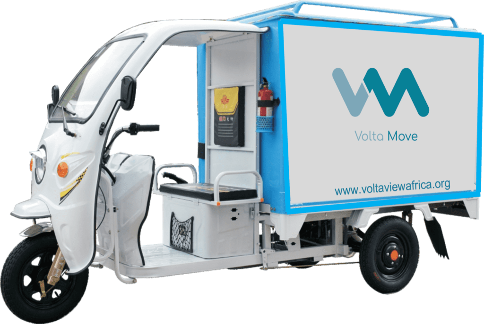
UniCat – Lightweight vehicle powered by the sun
The first UniCat is a small city bus. The lightweight vehicle is designed with a driver’s seat in the center at the front and 3 bench seats for 9 passengers.
The number of batteries can be adjusted depending on the distance that needs to be covered.
For more information, download the latest sales brochure.
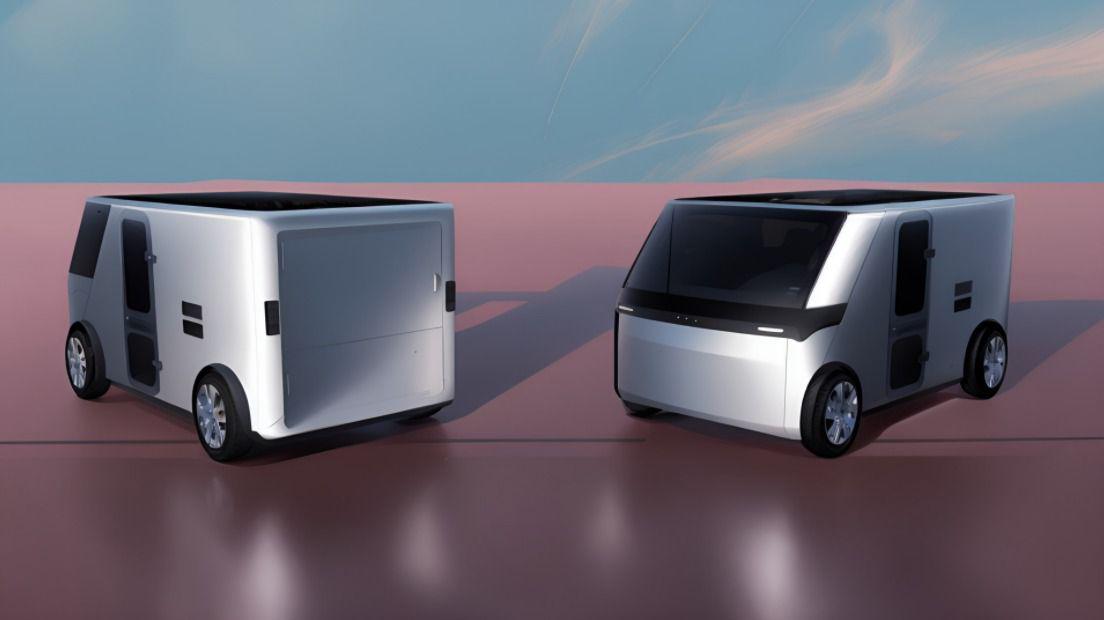
The way to fulfill all transport wishes
The “skateboard” is an individually adaptable platform that drives electric vehicles. The vehicle body can be designed according to specific requirements and as desired. Optimisation of power or range is possible.
The evaluated platform includes the chassis, steering, axles and drive system. The drive system includes the motors, brakes, transmissions, batteries and control units. The control units connect all the sensors required to operate the vehicle – from the motors, through the batteries to the driver’s display.
UEV collaborates with multidisciplinary teams of engineers who are developing, testing, and certifying customised vehicle solutions for efficient mobility.
For more information, download the latest sales brochure.
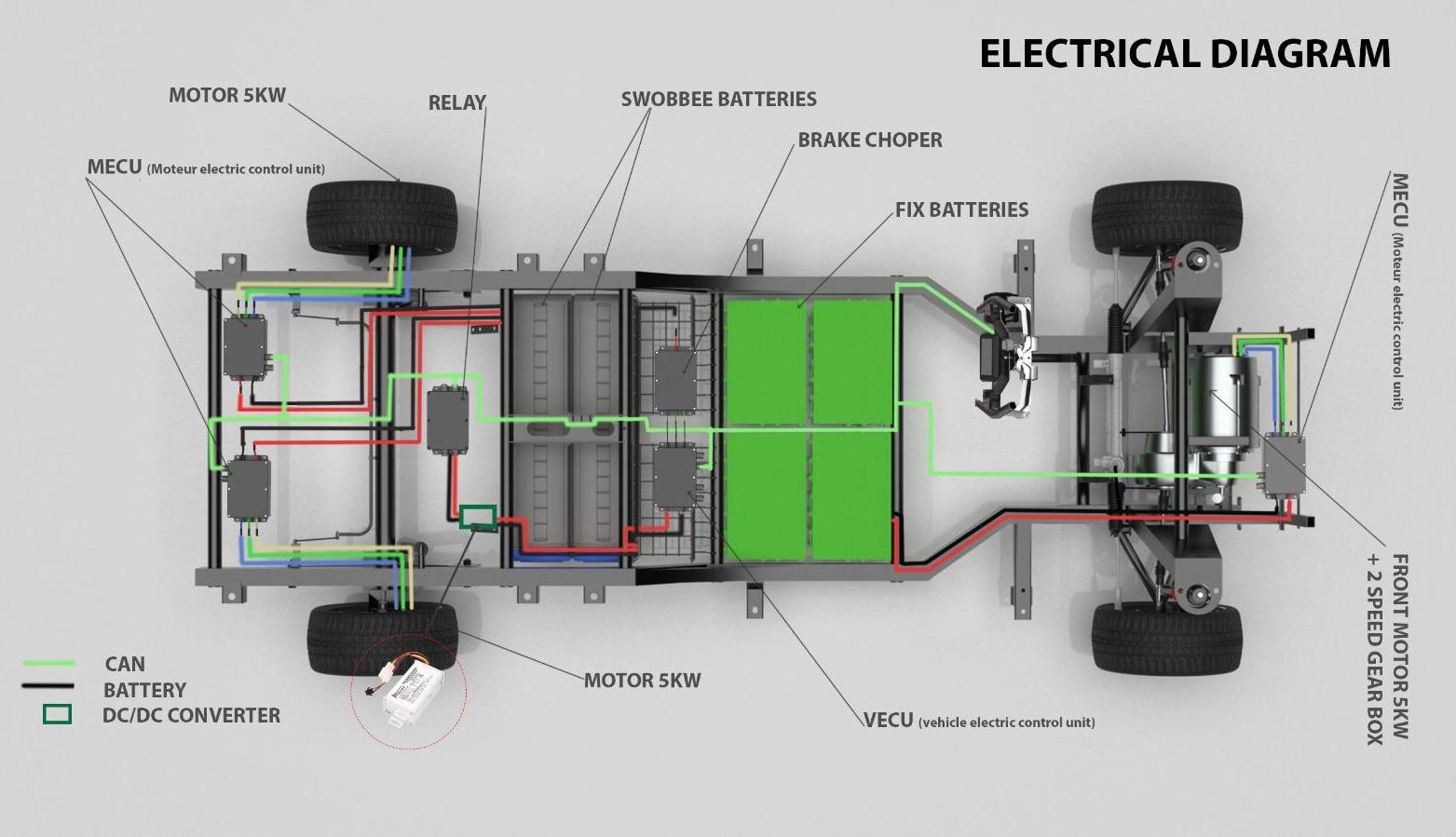
Fisher Boat Propulsion – e-mobility reduces operating costs
Converting a boat from a combustion engine to electric propulsion is a straightforward process: all that is required is an electric motor and a battery and off you go.
The kinetic energy efficiency of ICE outboard motors (12 l) is (less than 7%) in comparison to electric motors (7 kWh).
UEV’s members have tested various engines on fishing boats at Lake Victoria and offer training on how to maintain or repair the engines.
From May 2025, UEV will also offer a container with 2 boats made of polyethylene, either 7.20 m or 9.20 m long.
For more information, download the latest sales brochure.
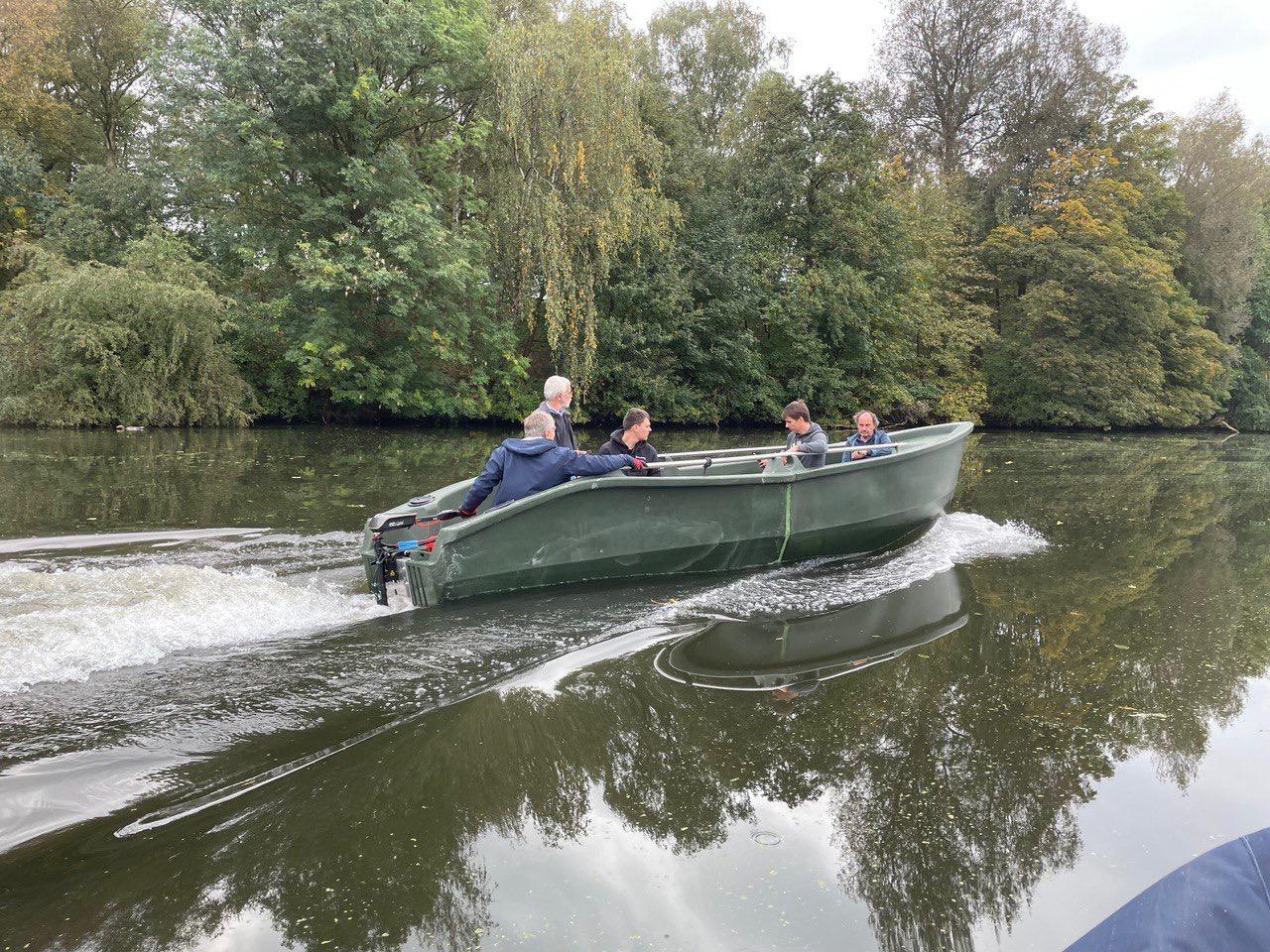
The swimming transport platform.
This self-sufficient catamaran is powered by sunlight, PV modules, replaceable batteries and electric motors.
The pontoon-based catamaran consists of structural components and can be manufactured on site. All that is required is a socket wrench box and a battery-powered screwdriver. Whether it is a ferry boat or a floating hotel, this type of construction offers a range of possible applications.
For more information, download the latest sales brochure.
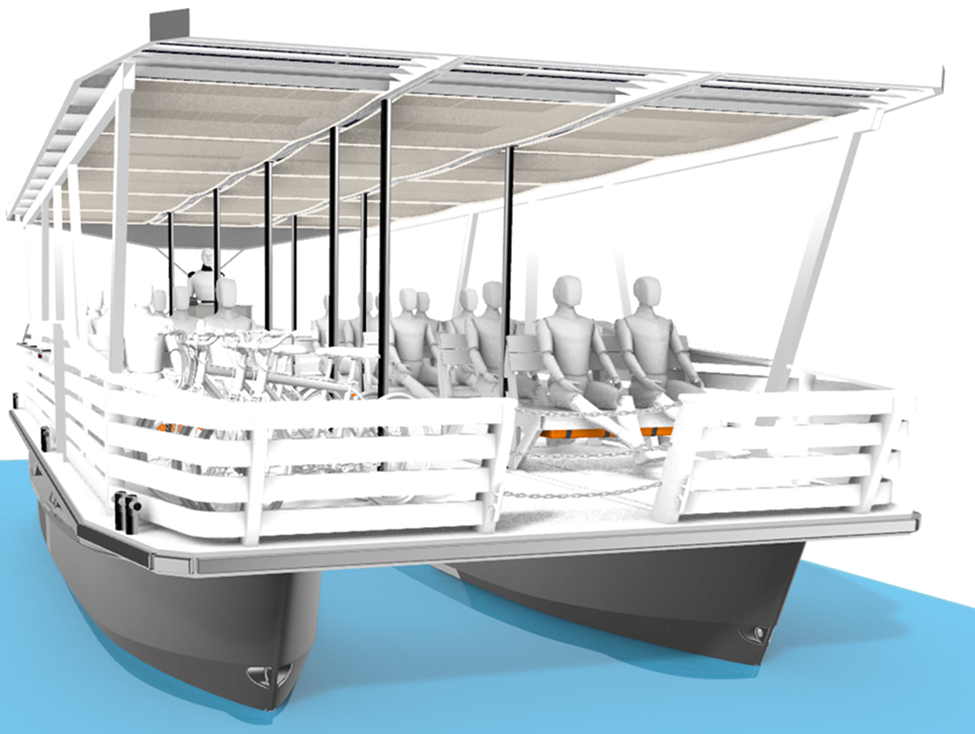
Load balancing for supply security
The sun is an almost inexhaustible source of electricity. Suitable solutions are required to make the energy from the sun as versatile as possible for use with battery storage.
The most effective approach for entering the African market is to use a suitable unit battery that can be used for both electric vehicles and domestic purposes. This power storage device is flexible and can be used both as a stationary battery and as a modular range extender to meet people’s demand for e-mobility without range limits.
For more information, please download the latest sales brochure.
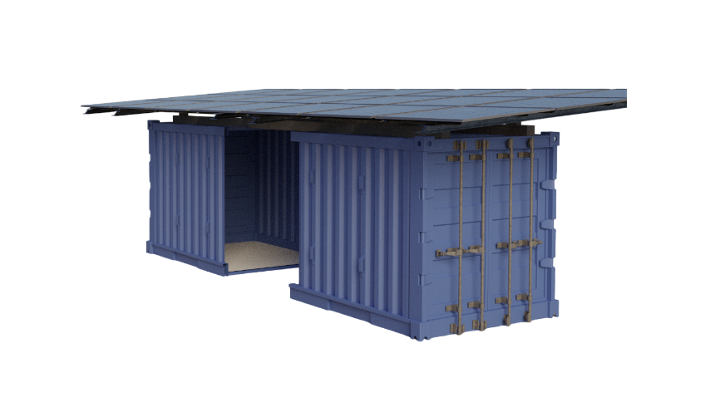
Tailored to the specific application
Can e-mobility battery systems be produced in-house? Yes, we can!
UEV works with its partners and members to identify suitable energy storage solutions. In most cases, manufacturers’ requirements for shape, weight, performance and capacity can be met.
In March 2025, UEV´s Product Developer will start its first assembly line in Kenya for a 48V sodium-ion battery box for ASOBO.
For more information, download the latest sales brochure.
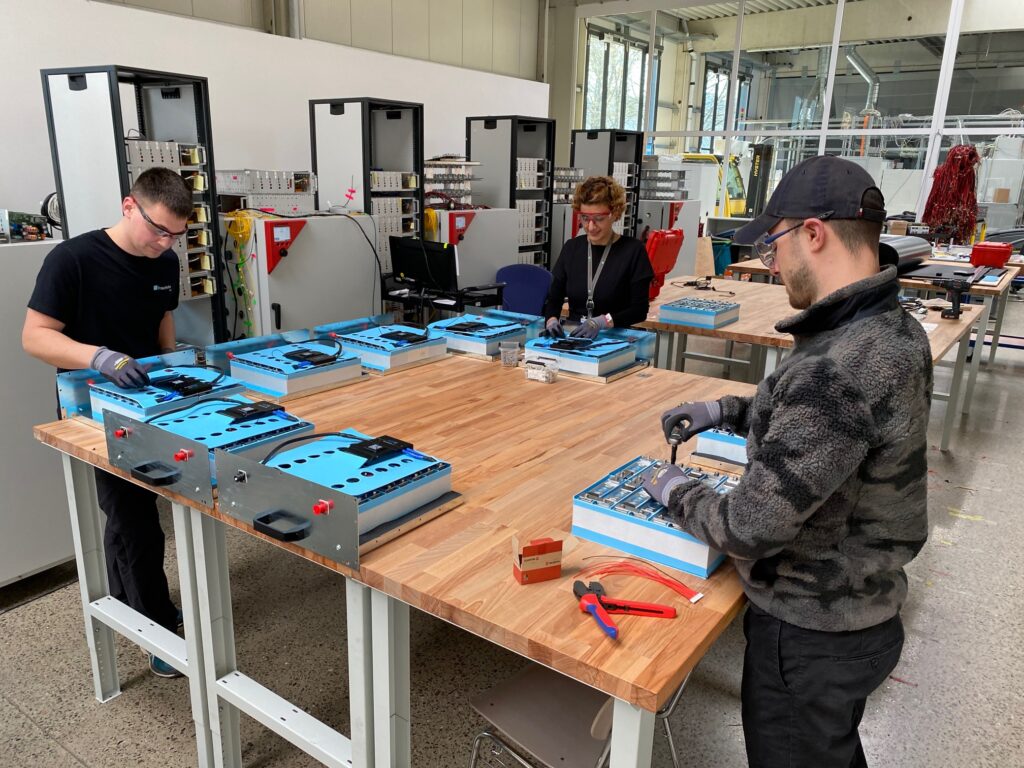
UEV drives product innovation by combining engineering, technology, and customer needs. Each new partner brings fresh vehicle variants and market niches. UEV coordinates the consortium, focusing on capacity building, licensing, and order processing.



Product development requires patience, money and time. UEV & its members value the intellectual property created by the product developers. Members enter agreements with product developers for the use of their intellectual property. UEV facilitates the coordination between the licensor and licensee and the knowledge transfer to its members.
Component suppliers are carefully selected, not only for the best price, but also for the best quality. Our sourcing strategy is to find at least two companies that can supply the component. And we love local content. UEV helps to identify local equipment suppliers. Anything that can be manufactured locally has lower transportation costs and no import duties.
Typically, the local manufacturing company will receive a container, including all the Semi-Knocked-Down (SKD) components and spare parts you need to assemble and maintain the products.
Instructions on how to assemble the components are available through a wiki, on-site training, or via our e-mail center.
The product developer, in its role as licenser is responsible for product homologation (for example: EU Single Vehicle Approval) and mapping the warehouse and manufacturing facility and process. UEV orders and packs all components for its members, is responsible for FOB (Free On Board) and bears all costs and risks until the goods are on board the ship.
In Africa, national assembly licenses are not always required to set up local production. However, members are responsible for managing their regulatory and governmental affairs.
UEV supports its members in applying for production permits and exemptions from import taxes and customs duties.
If the member cannot find a suitable manufacturing hall, prefabricated steel girders can be imported to build a hall quickly. The workshop will also be an exhibition space for what electric mobility has to offer.
In the best-case scenario, PV modules will be installed on the roof to generate electricity for e-mobility.